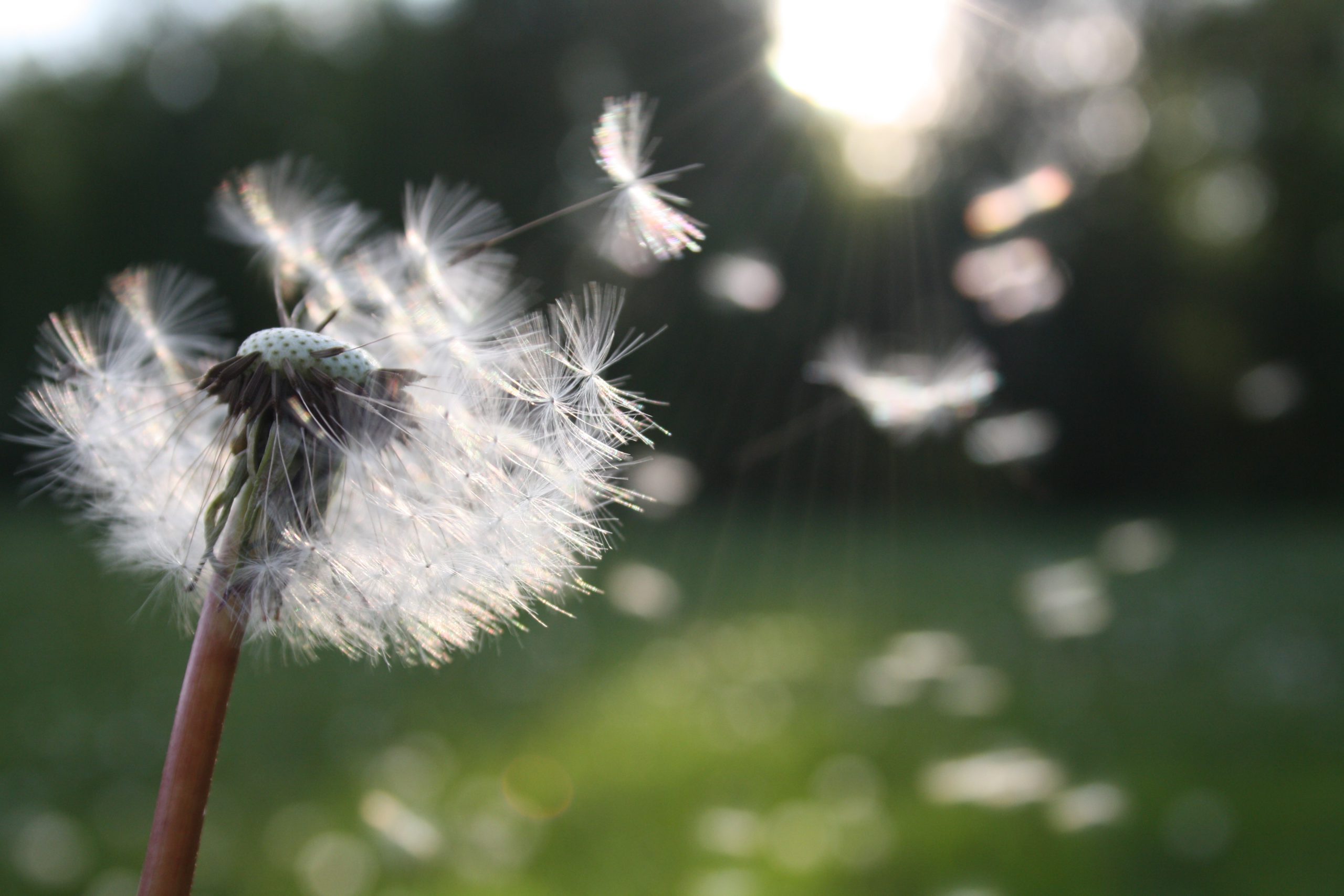Climate Change Intensifies Seasonal Allergies and Asthma Symptoms, Threatens to Worsen

If you have a nose or eyes, statistics suggest you’ve probably suffered from a bad case of seasonal allergies at one point in time. Over 50 million Americans go sniffly each spring, according to the Asthma and Allergy Foundation of America. And recent data says climate change could be making allergy seasons last longer and feel more intense than ever.
Hannah Jaffee, a research analyst at the Asthma and Allergy Foundation of America, explains that climate change works in one big cycle: temperatures rise, extreme weather becomes more frequent, air pollution increases, carbon dioxide levels in the atmosphere surge and, once again, temperatures rise.
So how do allergy season, asthma and climate change interact? Not well.
“The result of this cycle is that we extend the duration of the plant growing season, which leaves more time for photosynthesis and for pollen production, which then leads to longer, more severe allergy seasons,” Jaffee said.
According to a 2021 study published in the National Proceedings of the National Academy of Sciences (PNAS), human-caused climate change is directly linked to lengthened pollen production and allergy season.
Now, average allergy seasons start 20 days earlier and last 8 days longer than in 1990, making it no wonder that allergies and asthma seem to be hitting harder than ever. This is especially prevalent in the Midwest, where the PNAS study observed the largest and most consistent increases in pollen.
But even beyond increased pollen and length of allergy seasons, climate change can hurt those with severe allergies and asthma by creating extreme weather events that transfer air pollutants across the country.
“Climate and weather systems can sort of transport air pollutants — so things like smog, wildfire, smoke, traffic pollution — they can be transported to different areas by weather systems,” Jaffee said.
And, for those who have asthma — a chronic condition in which hypersensitivity, allergies or other triggers cause airways to inflame and close as a more severe allergic reaction than seasonal allergies — these increases threaten to worsen conditions.
“Up to 80% of people who have asthma (are) triggered by allergies like pollen,” Jaffee said. “So, you know, a longer (pollen) growing season… does impact a large amount of people who do have asthma.”
For Dmitri Postnov, a pharmacist at Winkelmann Sons Drug Co in St. Louis, Mo., dealing with airborne ailments is part of his every day routine. He says that the largest uptick of allergy and asthma-related medication pickups are in the fall and spring — allergy season.
As a kid, Postnov moved to the St. Louis area and had his first experience with dreaded Midwest seasonal allergies. And they haven’t gone away.
“It has gotten more severe over time, I would say, as well,” Postnov said. “Just a simple antihistamine doesn’t work for me anymore.”
Rather than antihistamines, drugs meant to treat mild allergies and hay fever which normally require no prescriptions and are relatively cheap, Postnov has changed to nasal spray to combat seasonal allergies.
Now he helps others deal with similar symptoms from behind a counter — and data about the intensity and length of allergy seasons seem to coincide with his own experiences, both professional and personal.
“In the last few years I feel like my (seasonal allergy) symptoms come on earlier and earlier, maybe a few days or a week or so,” Postnov said. “So I can attest to that — whether it has to do with global warming or whatnot, spring is coming earlier, just by a little bit, each year for the last 10 to 20 years.”
The PNAS study corroborates this sentiment: after analyzing data from 60 cities in North America, the researchers determined that climate change is a “dominant driver of changes in pollen season length and a significant contributor to increasing pollen concentrations.”
Jaffee said that, unless the cycle of climate change is stopped or slowed down, the effects will only get worse. Ragweed, which is the major cause of fall allergies, and grass pollen, which is the main cause of spring allergies, are set to double and triple, respectively, by 2060.
“It really highlights just the need for something to be done and to take action because we can already see the health impacts that climate change has on asthma and allergies,” Jaffee said.
But the future of allergies and asthma in the U.S. doesn’t have to be gloomy if proper steps are taken soon enough to combat climate change and address the issues at hand. According to Jaffee, the first step is acknowledging how the effects of climate change go hand in hand with health care disparities, especially in minority communities.
“There’s housing policy, so ensuring that housing is adequate, especially in lower income communities to make sure that they can stand up to the impacts of climate change and prevent the growth of indoor allergens,” Jaffee said. “There’s also reaching those vulnerable communities and providing in-home assessments or products and services that can help abate those triggers.”
As higher reforms are being implemented by institutions like the AAFA, everyday people can work with their physicians, pharmacists and policy makers to manage the results of climate change on allergies and asthma. Checking the Air Quality Index before leaving the house and monitoring where possible asthma trigger hotspots could be with a doctor are just two of many tips available to keep people safe.
Anna Kutz is a senior at Mizzou studying multimedia journalism. She is passionate about reporting on issues related to the environment and agriculture.
